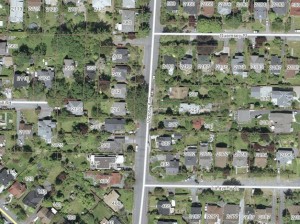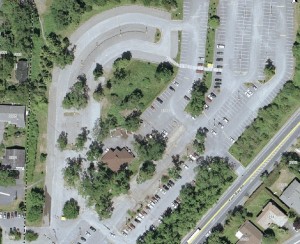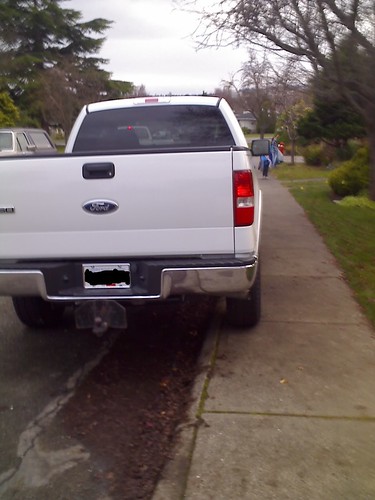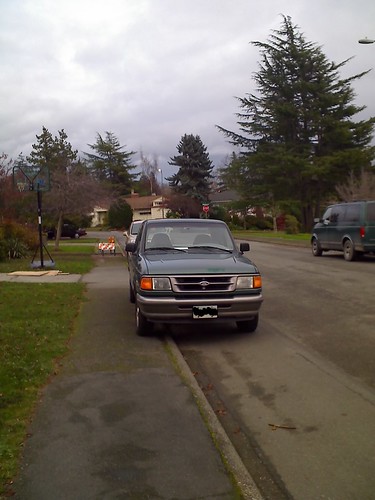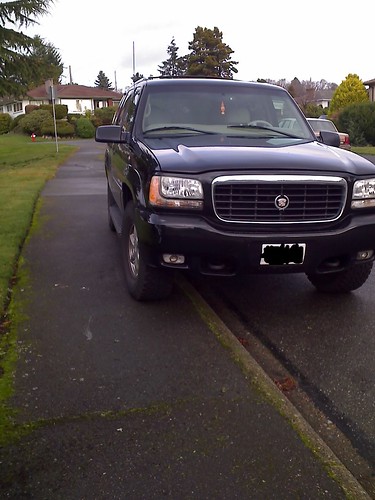I was lucky enough on one of my recent trips to the second hand book stores of Victoria to find a bunch of good books and magazines, including back issues of Urban Land, by the Urban Land Institute. However the prize catch was a copy of Anthony Down’s Stuck in Traffic: Coping with Peak-House Traffic Congestion published in 1992 by the Brookings Institute.
This book is a great find because it is such a no-nonsense look at traffic congestion and how to solve it. It makes the now common argument that you cannot build your way out of congestion and explains why it is. Downs postulates that you end with a “triple convergence” when new road capacity is added. Firstly, you have new people driving because the congestion has now decreased. You also have people shifting routes and people shifting from other modes, such as public transit back to the road system.
The book also advances the viewpoint that peak-hour road and parking pricing can help reduce congestion by letting people see the true costs of their actions and using financial measures to help change their behaviour. However, Downs also correctly points out that road pricing is usually considered to be unacceptable by the driving public, as they feel they have “already paid for the roads.” The recent scaleback of London’s congestion charge and the failure in New York City are classic cases of this.
However, despite all the good things the book says, it does have a few dated statements. Firstly, Downs says that public transit cannot reduce congestion due to a number of factors, including low housing and job density and less convenience. However, when the book was published, in 1992, the massive success of public transit recently had not yet taken place. Gas prices had made driving cheaper than almost ever before and the beginning of the SUV era was upon us. He also fails to predict the recent successes of transit-oriented development, even in older systems such as BART in San Francisco.
At the back of the book there is a handy chart of all the remedies he has suggested, ranking them by type, effectiveness, cost and political acceptability. Given the era the book was written in, it is not shocking that there is not a separate column for environmental effectiveness.
One of his suggestions, making streets one-way, is often brought up.. While this change does bring about increases in flow, it also increases traffic speed, likely because the road is seen as “safer” as there is no longer any oncoming traffic. In the summary table, he says that the cost of society of this and other bundled changes is low. I completely disagree with this. One way streets and the attendant increase in the speed of traffic bring out massive social costs, as people are less likely to walk and linger on that street. In fact, the size of the road and the speed of traffic is shown to directly affect how big people see their neighbourhood to be.
Overall, this is a well written book and should be read by every traffic engineer and planner. Readers should be aware of the era and context the book was written in and thus should subject each of the proposed solutions to critical analysis with newer research. There is also a newer title by Downs called Still Stuck in Traffic that was published in 2004 by Brookings. I have yet to read it, so I don’t know if it deals with the problems I mention above.

